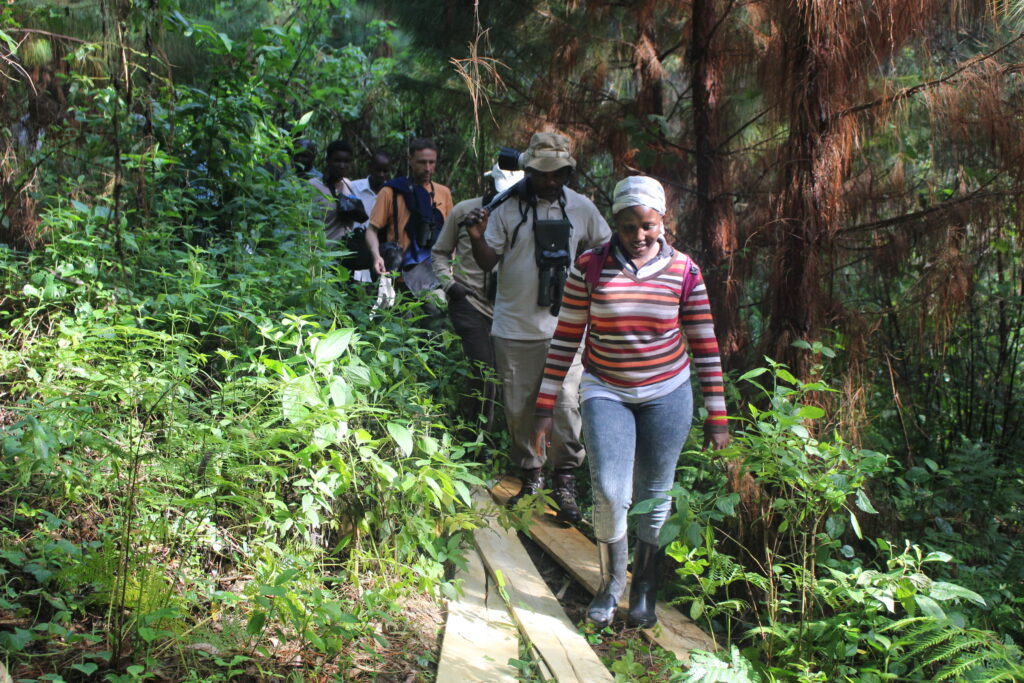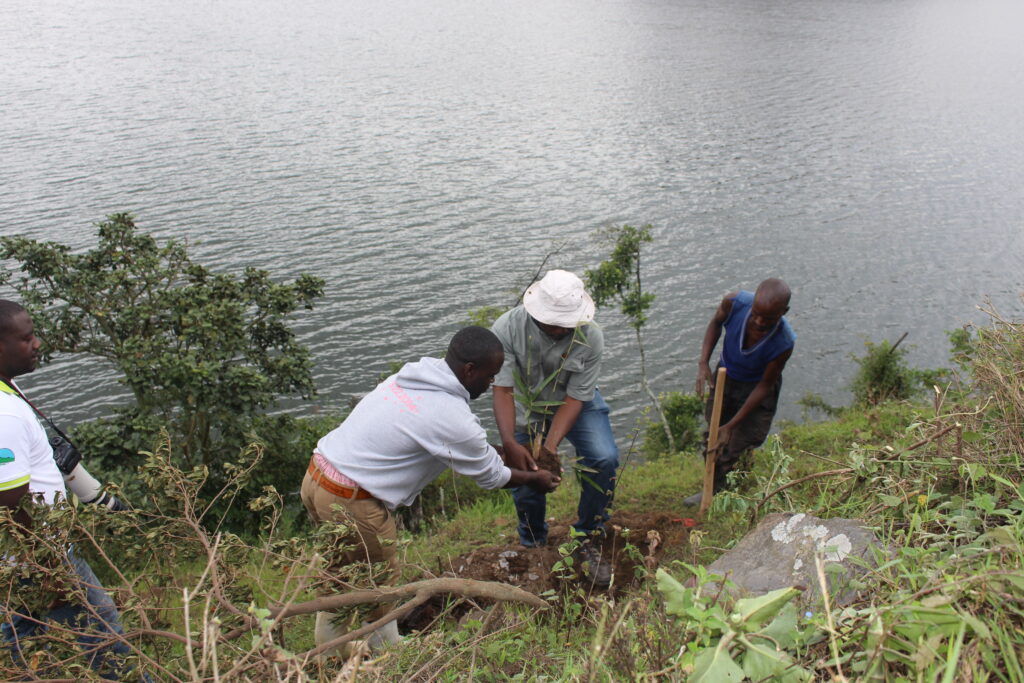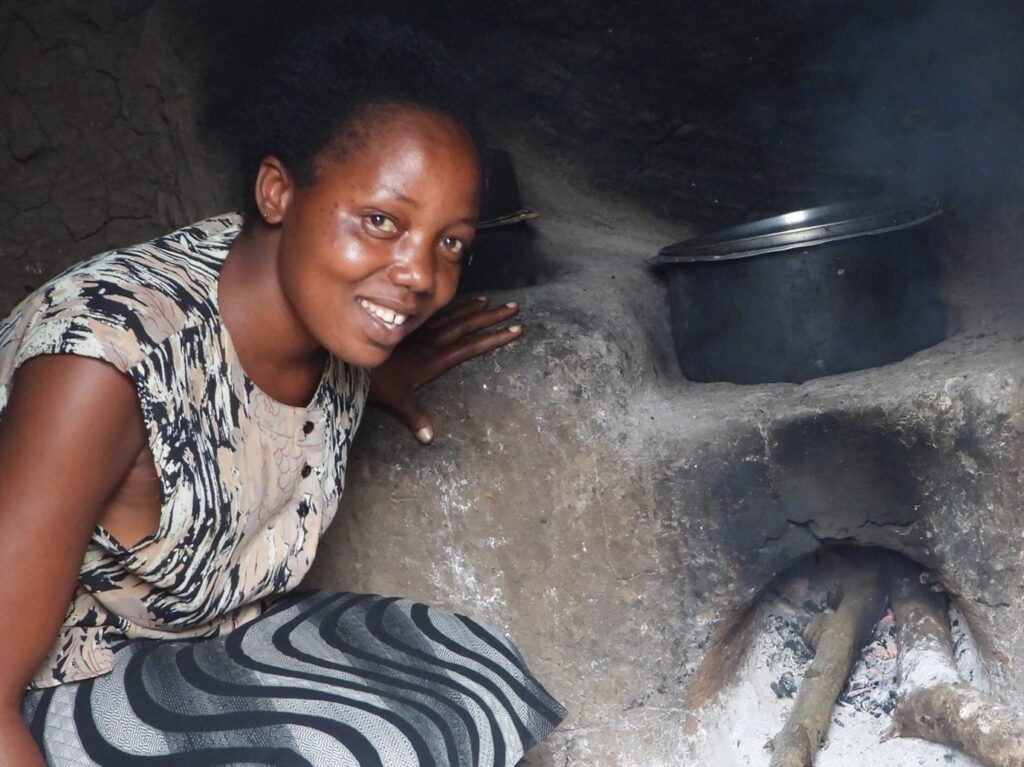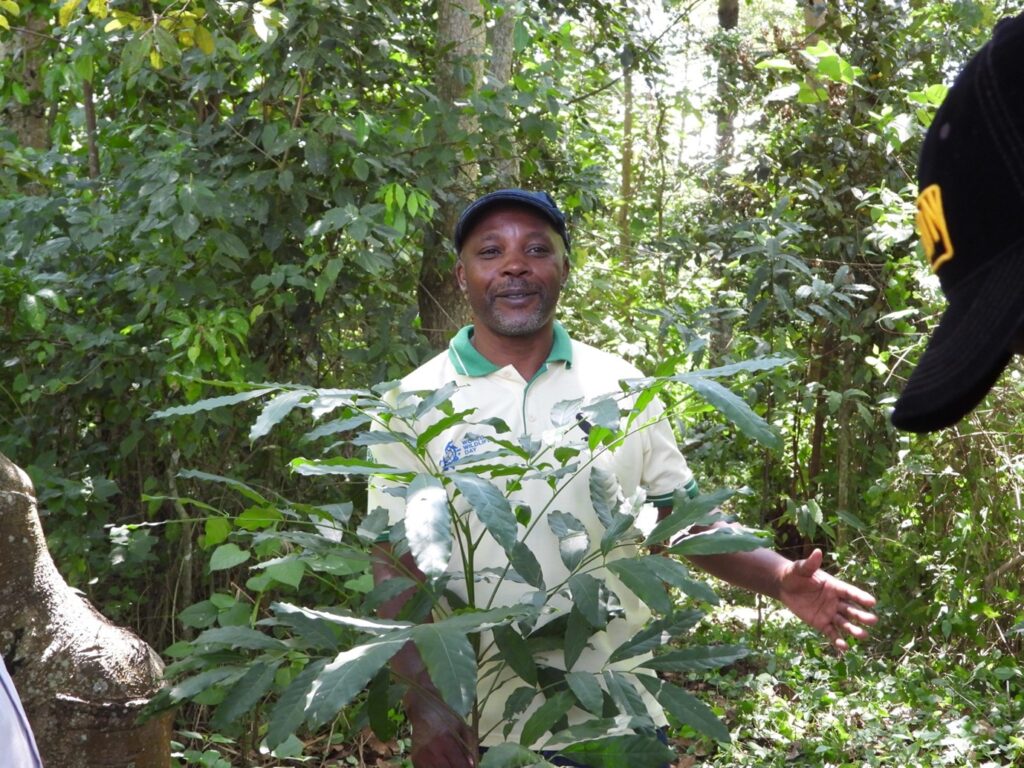NatureUganda leads on forest restoration efforts in Uganda

For almost two decades, NatureUganda (BirdLife Partner) has been playing a key role in restoring and conserving forests in Uganda,
By Phionah Mwesige
Over the last three decades, Uganda’s forest cover has decreased significantly from 4.9 million hectares (24% of the total land area) in 1990, to an estimated 1.8 million hectares (9% of the total land area) in 2015 representing an annual forest loss of about 122,000 hectares. This loss is attributed to a number of factors including conversion of forest land for agriculture and urban settlements, felling of trees for firewood and charcoal burning and illegal harvesting of forest products especially timber. Over 95% of Uganda’s population (which stood at 45.7 million people in 2020) depend on biomass for cooking, translating to an estimated 41 million tons of firewood and charcoal used annually, highlighting the immense pressure on the county’s forests.
Consequently, there is need for concerted restoration efforts to restore the country’s degraded forests. For almost two decades now, NatureUganda (BirdLife Partner) has been playing a key role in restoring and conserving forests in Uganda, through a three pronged approach which includes implementation of Collaborative Forest Management (CFM) between community groups and the National Forest Authority (NFA), supporting communities with alternative income generating activities in order to reduce pressure on forests and restoration of degraded areas.
“Despite a few cases of illegal harvesting of forest resources and encroachment, the knowledge, attitudes and practices of different stakeholders especially the forest adjacent communities about forest health and conservation have generally improved”, notes Achilles Byaruhanga, Executive Director, NatureUganda.
Nature Uganda with support from Dansk Ornithologisk Forening, the BirdLife International Partner in Denmark has for the past 19 years, supported a total of 13 Community Forests Management (CFM) groups in South-Western Uganda, five around the Echuya Central Forest Reserve (CFR) and eight in the Kasyoha-Kitomi CFR, under the People Partner with Nature Project.
There has been increasing pressure on natural bamboo forests due to its diverse uses. The local communities around Echuya CFR depend on it for construction, craft materials, fuel wood and other uses. The resultant imbalance between the production and utilization of bamboo has led to the depletion of naturally growing bamboo stocks. Efforts have been made to replenish the natural stocks, grow bamboo to complement the natural sources and to manage bamboo sustainably. NatureUganda is promoting the CFM arrangement that guides the sustainable harvest levels of the bamboo. Further, NatureUganda has supported bamboo domestication by providing local communities with bamboo seedlings for planting in their homesteads and hence reduce pressure on the forest.

A critical component of NatureUganda’s interventions is promoting the use of energy saving stoves in the two CFRs. To date, over 200 household have been supported with energy saving stoves, halving the amount of firewood used by each household. In Buzenga Parish which neighbors Kasyoha-Kitomi CFR, households have reduced firewood usage from two loads of firewood weighing about 45 kilograms every week for an average household of eight people, to one load weighing about 23 kilograms, following introduction of the energy saving stoves.
Since I started using the energy saving stoves, the smoke in the kitchen has greatly reduced because the chimney takes it outside the kitchen, I use less fuelwood (2-3 average sized pieces), and food is ready in time. I thank NatureUganda for bringing this programme to Buzenga, considering the health of the people and at the same time conserving the forest by reducing the consumption of fuelwood”, said Ms Patience Kyosimiire, a community member.

The promotion of alternative income generating activities among communities living around the forests is critical in reducing community dependency on forests for livelihoods. Consequently, NatureUganda is promoting alternative livelihoods activities particularly apiary projects among the communities. Through these activities, communities are able to supplement their incomes, and also incentivized to protect the bees and forests, since the hives are located in the forest.
“NatureUganda trained us in value addition and since then, I started packaging honey. My income has increased and I have now cleared many of the debts I had, I’ve bought 2 pieces of land, paying fees for my children is much easier and I have bought more hives to increase on my income”, notes Haruna Mutabazi, a member of Karengere Batwa Bakiga Bee keeping group.
Further, NatureUganda with support from BirdLife International and Total E & P Uganda is currently supporting NFA to restore degraded areas of Mabira and Nakindiba Central Forest Reserves in Central Uganda which have been hugely impacted by expanding agriculture and urban settlements. To date, Nature Uganda has restored 570Ha of Mabira CFR and 20Ha of Nakindiba CFR. These restoration programmes go beyond just replanting the degraded areas, but also ensuring that restored areas are not destroyed again.

This involves working together with the forest adjacent communities through the CFM framework to educate them on the need to protect the forest, supporting the establishment of community managed woodlots, supporting alternative income generating activities for communities that depend on the forests for livelihood as well as agro-forestry in communities around Echuya and Kashoya- Kitomi CFRs.
“If Uganda’s forests are to be conserved, the successes of NatureUganda’s interventions in promoting sustainable management practices at Echuya and Kashoya-Kitomi through community empowerment will need to be replicated throughout the country”, concludes Byaruhanga.

“The knowledge, attitudes and practices of different stakeholders especially the forest adjacent communities about forest health and conservation have generally improved”
Achilles Byaruhanga , Executive Director, NatureUganda